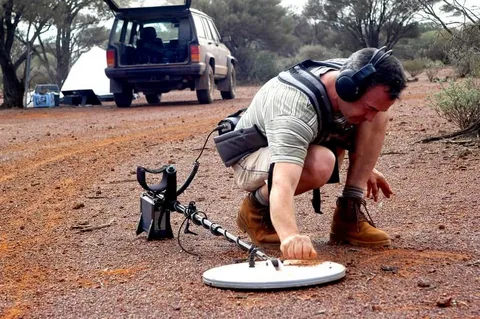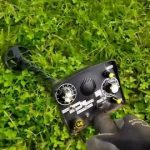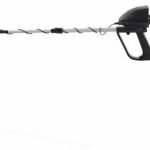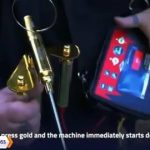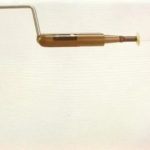Metal detectors have long been used as valuable tools for discovering history and uncovering treasures from the past. Whether you are a passionate treasure hunter or a history enthusiast, having the right metal detector can make all the difference in your adventures. In this article, we will explore the best metal detectors for treasure hunting, each with unique features and capabilities that make them ideal for uncovering historical artifacts and hidden valuables. Join us as we dive into the world of metal detectors and discover the top tools for unearthing history.
Discovering History: The Best Metal Detectors for Treasure Hunting is a comprehensive guide that explores the top metal detectors available for individuals interested in uncovering buried treasure and historical artifacts. It offers detailed reviews of different metal detectors, highlighting their features, performance, and suitability for various types of treasure hunting. The guide also provides tips and advice for using metal detectors effectively and maximizing the chances of making exciting discoveries. Whether you’re a novice or experienced treasure hunter, this resource can help you choose the best metal detector for your needs and enhance your treasure hunting experience.
The Ultimate Guide to Choosing the Best Metal Detector

The Ultimate Guide to Choosing the Best Metal Detector offers comprehensive insight into all aspects of selecting the right metal detector for your needs. It covers a wide range of topics such as different types of metal detectors, features to consider, budget considerations, brand and model comparisons, and tips for making the most out of your metal detecting experience. The guide aims to provide a thorough understanding of the various factors to consider before making a purchase, ensuring that you make an informed decision and find the best metal detector for your specific needs. Whether you’re a beginner or an experienced metal detectorist, this guide is designed to help you make the right choice and enhance your metal detecting adventures.
Metal Detectors: A Beginner’s Introduction to Treasure Hunting
See also: gold mining machinery
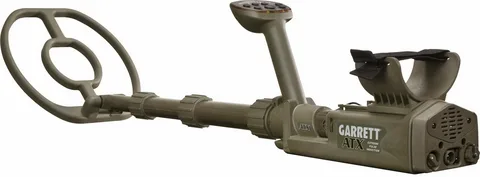
Metal Detectors: A Beginner’s Introduction to Treasure Hunting is a comprehensive guide that provides information on how metal detectors work, the different types of metal detectors available, and tips for finding valuable items. The book also covers the basics of using metal detectors, such as how to properly ground balance and adjust settings for different types of terrain. Additionally, it offers advice on where and how to search for treasure, as well as important safety precautions to keep in mind while treasure hunting. This book is an invaluable resource for anyone interested in getting started with metal detecting.
How to Use Metal Detectors for Finding Lost Jewelry and Coins
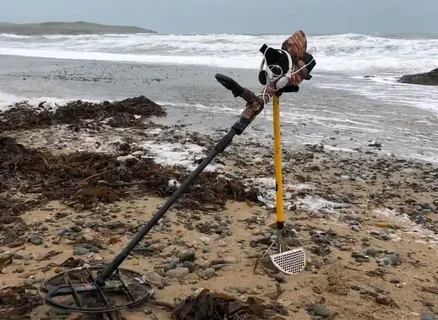
To use a metal detector for finding lost jewelry and coins, start by selecting the right type of metal detector for the job. Look for a detector with good sensitivity to small objects and a discrimination feature to filter out unwanted metals.
Once you have the right detector, conduct a thorough search of the area where the jewelry or coins were lost. Pay close attention to areas where people may have sat or walked, as items are often dropped in these areas.
Move the metal detector back and forth in a slow and steady motion, keeping it close to the ground. When the metal detector signals a potential target, use a pinpointer to precisely locate the object.
Once you’ve found a potential target, use a handheld scoop or trowel to carefully dig up the item. Be sure to fill in any holes you create and respect the environment you are searching in.
After finding the object, be sure to clean and store it properly to prevent any further damage. And always be respectful of local laws and regulations when using a metal detector in public areas.
The History and Evolution of Metal Detecting Technology
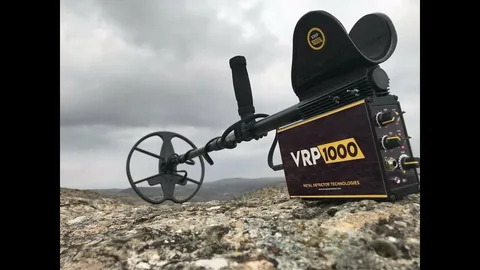
Metal detecting technology has evolved significantly since its origins in the late 19th century. Early metal detectors were simple and bulky devices that employed a basic electromagnetic induction principle to detect metal objects. These early models were mainly used for industrial and military purposes, such as locating landmines or detecting metal contaminants in food products.
In the 1920s, the first handheld metal detectors were developed and used by the military to locate buried landmines. These devices were further refined and popularized during and after World War II.
In the 1960s, the invention of the transistor led to the development of smaller and more portable metal detectors for civilian use. This sparked a surge in hobbyist metal detecting, as enthusiasts began using these devices to search for buried treasure, artifacts, and coins.
The 1980s and 1990s saw significant advances in metal detecting technology, with the introduction of digital signal processing and improved discrimination capabilities. These developments allowed for more accurate target identification and greater depth penetration.
In recent years, metal detecting technology has continued to advance, with the introduction of lightweight, high-performance detectors equipped with advanced features such as GPS, wireless connectivity, and 3D imaging capabilities.
Overall, the history and evolution of metal detecting technology have led to the development of highly sophisticated and versatile devices that are widely used for a variety of applications, including archaeological research, security screening, and recreational hobbyist activities.
Exploring Ancient Artifacts with State-of-the-Art Metal Detectors
Exploring Ancient Artifacts with State-of-the-Art Metal Detectors involves using advanced technology to locate and identify historical objects buried beneath the ground. These metal detectors are equipped with cutting-edge features such as advanced electromagnetic frequency and ground balance adjustments, which allow for more accurate and precise detection of artifacts. By utilizing these state-of-the-art metal detectors, archaeologists and treasure hunters can uncover ancient treasures and relics with greater efficiency and effectiveness, helping to piece together the puzzle of our past.
Metal Detectors: The Essential Tool for Archaeological Surveys
Metal detectors are an essential tool for archaeological surveys, as they allow researchers to locate buried artifacts and other items of historical significance. These devices work by emitting a magnetic field that is able to detect metal objects buried underground. This is particularly useful for uncovering items such as coins, jewelry, weapons, and other metal artifacts that may have been lost or intentionally buried in the past.
In addition to locating individual objects, metal detectors can also be used to map out larger areas of interest. This can help archaeologists to identify potential sites for further exploration and excavation.
Metal detectors have revolutionized the field of archaeology, allowing researchers to uncover new information about past civilizations and cultures. They have become an invaluable tool for conducting more efficient and comprehensive surveys of historical sites.
Metal Detecting Etiquette: Tips for Responsible Treasure Hunting
Metal detecting etiquette is important for responsible treasure hunting. This includes obtaining permission from landowners before detecting on private property. It’s also essential to properly fill any holes that are dug during the search. Additionally, being respectful and mindful of others while detecting in public areas is crucial. Following these guidelines ensures that metal detecting remains a positive and enjoyable activity for everyone involved.
Uncovering Buried Treasure: Metal Detecting Tips for Success
Uncovering Buried Treasure: Metal Detecting Tips for Success is a comprehensive guide for beginners and experienced metal detector enthusiasts. This book covers everything from choosing the right equipment and understanding different types of metal detectors to advanced techniques for effective treasure hunting. It also includes tips for researching and identifying potential treasure locations, as well as best practices for digging and extracting items. Whether you’re a hobbyist or a serious treasure hunter, this book provides valuable insights and strategies for maximizing your success in metal detecting.
Metal Detectors and Environmental Conservation: Finding Balance
Metal detectors can play a role in environmental conservation by helping to locate and remove metal waste and debris from natural and wildlife areas. Abandoned or discarded metals can harm ecosystems, pollute water sources, and pose a hazard to animals. Metal detectors can be used by conservation groups and volunteers to systematically search areas for metal objects, which can then be properly disposed of or recycled. This can contribute to the preservation and restoration of natural habitats and promote a healthier environment for wildlife. However, it is important for metal detector users to operate responsibly, obtain necessary permissions, and follow conservation guidelines to ensure their activities do not inadvertently disturb or damage sensitive ecosystems.
Metal Detecting as a Hobby: The Thrill of the Hunt
Metal detecting as a hobby involves using a metal detector to search for metallic objects buried underground. Enthusiasts find pleasure in the thrill of the hunt and the excitement of discovering hidden treasures. It can be a rewarding pastime that combines the excitement of exploration with the potential for finding valuable or historically significant items. Metal detecting also offers the opportunity to spend time outdoors, exercise, and connect with local history. Many hobbyists find relaxation and fulfillment in the process of detecting and digging up artifacts, coins, jewelry, and other metallic items. Overall, metal detecting can provide a sense of adventure and the joy of making unique and unexpected discoveries.




